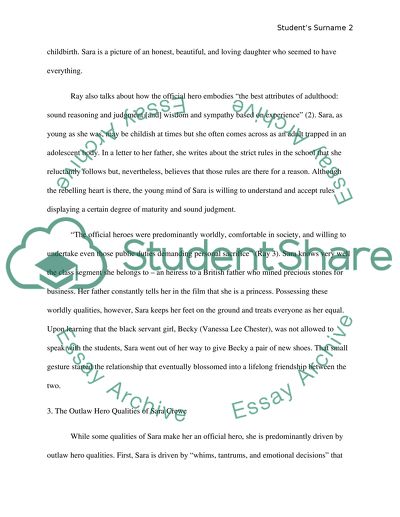Cite this document
(“Analysis of Hero Sara Crewe (Liesel Matthews) in the Film A Little Movie Review”, n.d.)
Analysis of Hero Sara Crewe (Liesel Matthews) in the Film A Little Movie Review. Retrieved from https://studentshare.org/visual-arts-film-studies/1410722-motion-pictures-essay
Analysis of Hero Sara Crewe (Liesel Matthews) in the Film A Little Movie Review. Retrieved from https://studentshare.org/visual-arts-film-studies/1410722-motion-pictures-essay
(Analysis of Hero Sara Crewe (Liesel Matthews) in the Film A Little Movie Review)
Analysis of Hero Sara Crewe (Liesel Matthews) in the Film A Little Movie Review. https://studentshare.org/visual-arts-film-studies/1410722-motion-pictures-essay.
Analysis of Hero Sara Crewe (Liesel Matthews) in the Film A Little Movie Review. https://studentshare.org/visual-arts-film-studies/1410722-motion-pictures-essay.
“Analysis of Hero Sara Crewe (Liesel Matthews) in the Film A Little Movie Review”, n.d. https://studentshare.org/visual-arts-film-studies/1410722-motion-pictures-essay.


